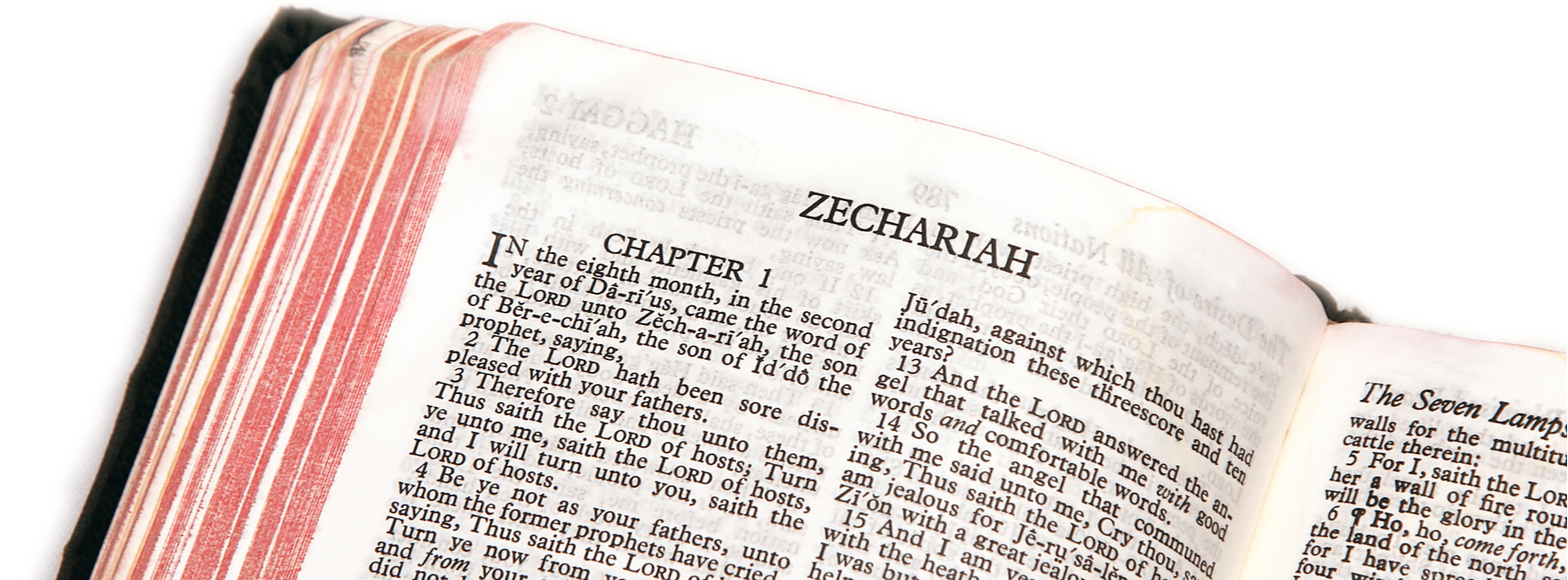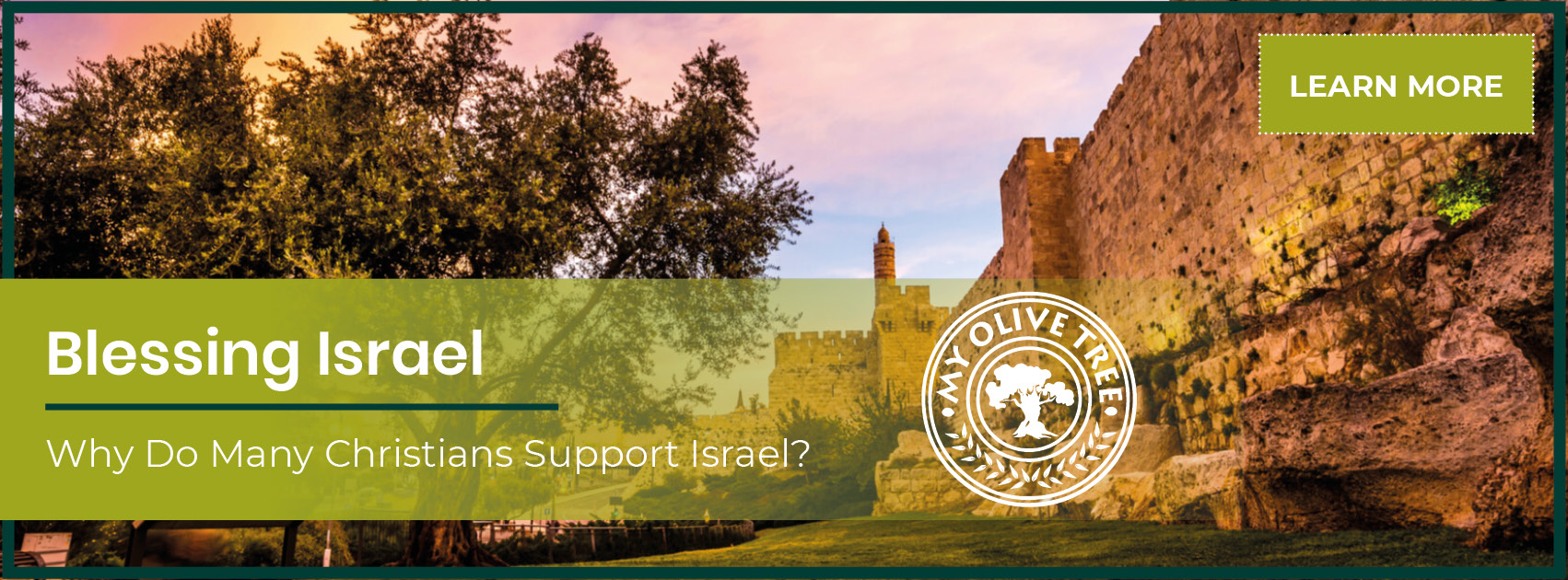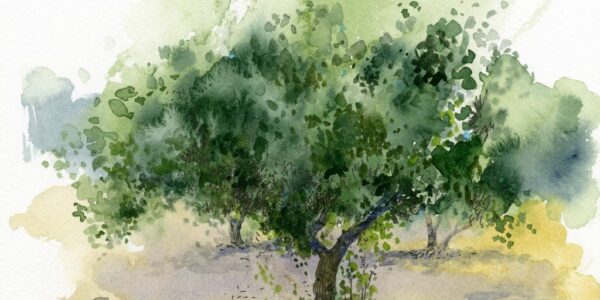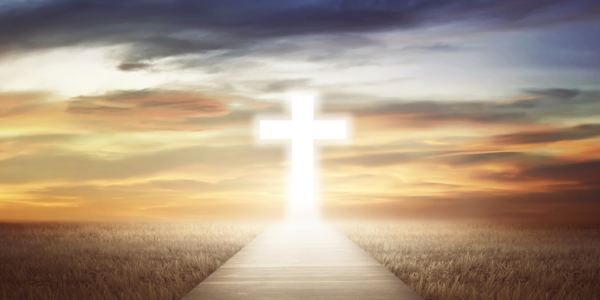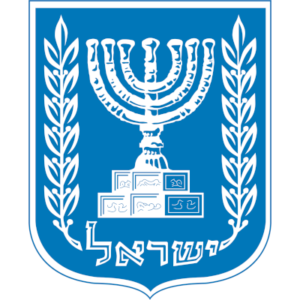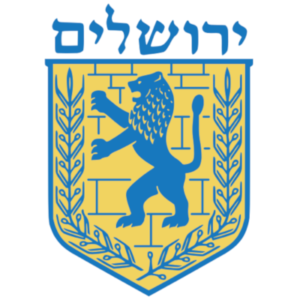The Bible, full of symbolism and wisdom, uses images in the natural world to explain the spiritual realm. Olive trees are mentioned numerous times throughout the Old and New Testament with regard to fruitfulness, health, and blessings.
Here are just a few examples of how the symbolism of the olive tree is represented…
- Peace: Over the years, the olive tree has become a symbol of peace. The well-known story of Noah’s Ark depicts the olive branch as a symbol of hope and God’s promises. The dove brought it back to Noah to inform him that the flood waters had subsided—the tough journey through the deep waters were coming to an end.
Olive branches were later used as a means of showing peace to other leaders and nations.
- Love and celebration: Olive branches were also used in festivals and weddings during biblical times. They were twisted and made into wreaths to crown the heads of the betrothed on their wedding day.
Along with couples, those who made pilgrimages—bringing their firstfruits—to Jerusalem, used the olive branches as adornment. But, instead of placing them on the heads of people, they wrapped them around the horns of the bull that led the procession.
- Life and vitality: Throughout the Bible, there are consistent references to olive trees as symbols of life and vitality. For example, the people of Israel are referred to as “a green olive tree, beautiful with goodly fruit” in the book of Jeremiah. Hosea 14:6 speaks of Israel’s “beauty… like an olive tree” and Psalm 52:8 states, “…I am like a green olive tree in the house of God…”
Clearly, the olive tree was prevalent during ancient times and is beginning to flourish in the land of Israel again, just as the prophets of old said they would.
The Two Olive Trees in Zechariah 4
In Zechariah 4, we read about a golden lampstand and two olive trees.
Now the angel who talked with me came back and wakened me, as a man who is wakened out of his sleep. And he said to me, ‘What do you see?’
“So I said, ‘I am looking, and there is a lampstand of solid gold with a bowl on top of it, and on the stand seven lamps with seven pipes to the seven lamps. Two olive trees are by it, one at the right of the bowl and the other at its left.’”—Zechariah 4:1-3 (emphasis added)
Zechariah sees a lampstand that was kept continually burning. The number seven signifies completeness. Therefore, the seven lamps and seven pipes are surrounded by the two olive trees that provide an unlimited reservoir of oil—they are completely provided what they need to fulfill their purpose.
In biblical times, keeping the golden lampstands in the temple filled with oil, cleaning them of soot, and maintaining the wicks was a tedious and continuous job.
The vision of the two olive trees directly feeding the lamps the pure oil needed to stay lit signifies God’s Spirit doing the work and being revealed in the light.
We know that Jesus is the light of the world, and remarkably, He gives Christians the declaration that they too are the light and will be used by Him to do the Father’s will.
You are the light of the world. A city that is set on a hill cannot be hidden. Nor do they light a lamp and put it under a basket, but on a lampstand, and it gives light to all who are in the house. Let your light so shine before men, that they may see your good works and glorify your Father in heaven.”—Matthew 5:14-16
The two olive trees in Zechariah were a picture of the priestly offices. And because Christians are “kings and priests,” the Holy Spirit works through us to be the light of the world, and our supply of this anointing never runs dry.
To Him who loved us and washed us from our sins in His own blood, and has made us kings and priests to His God and Father, to Him be glory and dominion forever and ever. Amen.”—Revelation 1:5-6 (emphasis added)
When we as Christians embrace our role in the Great Commission to be the light that will not be hidden, let us not forget who supplies the power and might.
The angel of the Lord relayed this message to Zechariah…
…‘Not by might nor by power, but by My Spirit,’ says the Lord of hosts.”—Zechariah 4:6
Because Jesus is the true vine that supplies us with the anointing of the Holy Spirit, we should consider how we are olive trees. The Lord is the oil that keeps us lit so that we can fulfill His purpose and bring restoration to Israel.
During the time of Zechariah’s vision, the exiled Jews had returned from Babylon to rebuild the temple, but the work had reached a standstill. Zechariah’s message was to encourage the completion of the temple.
The Takeaway
We can gain great insight from Zechariah’s vision. The Jews at the time faced discouragement because of the thwarted work of rebuilding the temple. They experienced a tension between the freedom that was theirs and the uncompleted work God wanted them to do.
As Christians, we are free from the bondage of sin, yet there is still work the Lord has called us to do until Christ’s return. Jump ahead to the 21st century, and you see God using the Church to bring restoration to Israel by planting olive trees!
Doesn’t the work of God—in every perfect detail of His story—amaze you? And now, you can be a part of this prophecy! Let us join together to be a part of this end-time fulfillment. God will complete His work, and He will use the Holy Spirit to guide and empower the Church to bring revival to the Holy Land.
There is more to discover about the two olive trees! Go HERE to read about their powerful symbolism during the end-times in the book of Revelation!
